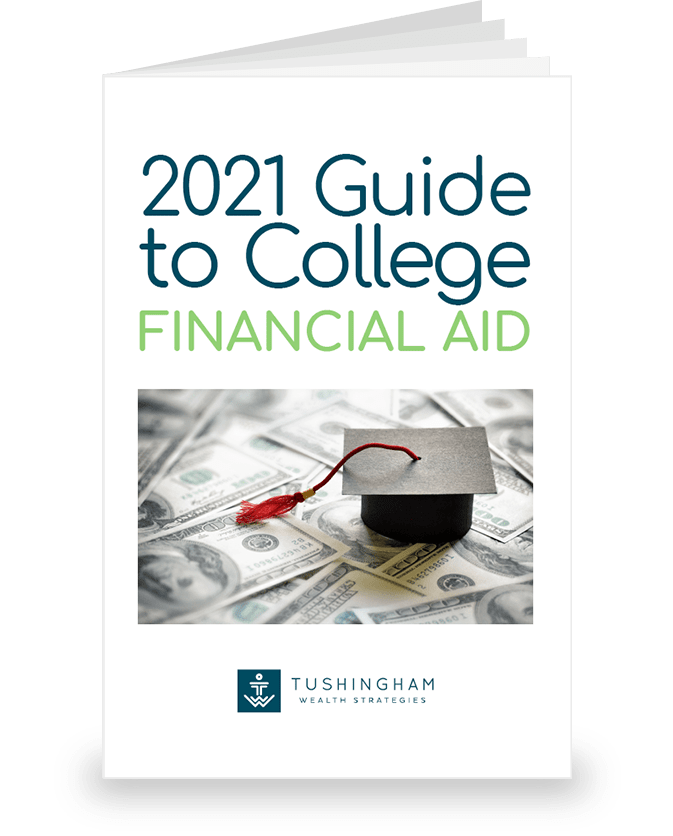Summer is still winding down, but you might already be looking ahead to your child’s financial aid application process. Families of incoming and current college students can submit their applications for 2017-2018 school year funding starting Oct. 1, 2016, three months earlier than previously.
Before you get started, it’s important to understand the primary financial aid application forms and how each impacts your child’s eligibility for federal and institutional aid.
FAFSA AND THE CSS PROFILE
To apply for federal financial aid, such as Pell grants or loans, families must complete the Free Application for Federal Student Aid, or FAFSA. Some states and schools also use the FAFSA to determine eligibility for their own scholarships and grants.
The FAFSA uses your asset and income information, as well as your student’s, to calculate your expected family contribution, or EFC. This is the minimum amount that your family will be expected to contribute toward your child’s education during the following year.
The CSS Profile, administered by the College Board, is the application around 300 colleges and scholarship programs use to determine eligibility for their own aid dollars.
You might also have to fill out the FAFSA and CSS Profile to qualify your child for merit aid, even though these awards are based on achievements in academics, sports or other extracurricular activities, not finances.
KEY DIFFERENCES BETWEEN FAFSA AND THE CSS PROFILE
The CSS Profile can vary from school to school, but it generally requires more information than the FAFSA and weights income and assets differently. For instance:
- Unlike the FAFSA, the CSS Profile often asks for the noncustodial parent’s financial information in cases of divorce and separation.
- The FAFSA excludes the value of small businesses and nonqualified annuities, as well as your primary residence’s home equity, from aid calculations. The CSS Profile asks about such assets.
- The FAFSA considers gifts made to parents — including by grandparents who want to help with college costs — assets, which get more favorable treatment in determining aid eligibility than income. On the CSS Profile, such gifts are generally considered income.
- Schools that use the CSS Profile also collect information on your family’s estimated academic year income, medical expenses, elementary school tuition and any other circumstances that may affect your ability to pay.
The additional information on the CSS profile is meant to help aid officers better understand your family’s ability to pay for college, not hurt your child’s aid eligibility. The FAFSA aid calculation won’t necessarily produce a more generous aid package.
But because of the differences, your child could receive a dramatically different level of need-based aid from different schools. This will drive the overall cost of college.
PLANNING FOR COLLEGE
Before your child applies to colleges, find out which aid application each school uses. This can help you prepare your finances and improve your child’s chances of receiving financial aid. For instance, if he or she is applying to a CSS Profile school, it could be wise to use your home equity to pay down higher-interest debt. This would reduce your amount of equity, which is assessed in the CSS Profile aid calculation, thus increasing your child’s aid eligibility.
It’s important to be proactive in the college-financing process. Understanding how a college will view your finances for financial aid purposes will give you confidence in selecting schools that you can afford.
This article was originally published on NerdWallet.com

Download our Free Whitepaper on
Understanding College Financial Aid: Download Now
